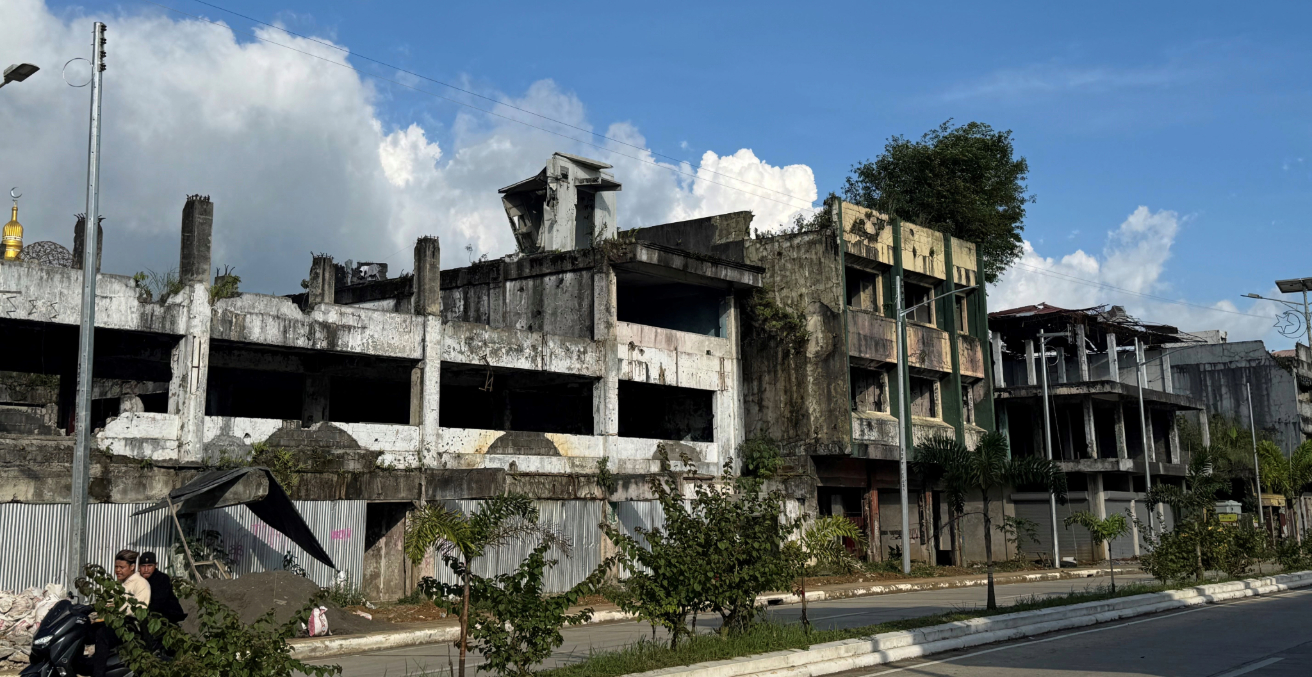Despite Southeast Asian countries’ reputation for being run by men, the Philippines and Singapore have impressive indicators on gender equality. However, when considering Southeast Asia as a whole, gender equality is still nowhere near perfect.
The Philippines has an impressive ranking when it comes to gender equality. With the country being included in the top ten countries in the world for overall gender equality, it takes the crown for being the most gender equal country in Asia.
The Philippines has achieved its prominent status for gender equality because it managed to improve wage equality for men and women, increased female educational attainment, and significantly increased women’s political empowerment, according to the Nikkei Asian Review. The large number of women in high-ranking positions also contributes to the Philippines’ high gender equality ranking. A survey conducted by Grant Thornton International shows that women hold 46.6% of senior management posts in the Philippines, far exceeding the world average of 24.14%.
However, despite the country’s high ranking for overall gender equality, the Philippines still falls behind in specific areas, such as female labour force participation rate (LFPR) and safety for women. The Philippines’ female LFPR is just 46%, the lowest in Southeast Asia. In terms of safety for women, the Philippines is ranked at the bottom of the list and is even considered to be one of the most dangerous places for women in the Asia-Pacific.
The main factor contributing towards the Philippines’ low rankings in female LFPR and safety for women lies in its family-oriented societal norms. This is reflected in a study by the National Economic and Development Authority of the Philippines (NEDA), which shows that the patriarchal nature of Filipino families causes women’s employment rate to decrease by 8% to 13%, decreasing the female LFPR. Furthermore, in regards to safety for women, its low ranking is caused by the fact that laws protecting women against assault and harassment are often largely ignored by individuals and the fact that women have restricted access to birth control, sex education, and healthcare resources.
Meanwhile, Singapore, the most affluent country in Southeast Asia, ranks number one in the Asia-Pacific for being the safest place for women to live. Along with impressive economic indicators, other factors that contribute to Singapore’s ranking are proven in its institutions, strengthened by laws protecting women against marital rape, sexual harassment, and domestic assault. Also, in contrast to the Philippines, women in Singapore have greater access to birth control, sex education, and healthcare resources.
Furthermore, Singapore’s high ranking in safety for women significantly contributes to its relatively high and increasing labour force participation rate for women of 60%. Singapore’s safety plays a part in increasing women’s incentive to work as they know that their security and wellbeing are protected by the government.
However, Singapore still has progress to make on its gender equality front in terms of increasing the number of women in higher-ranking roles. The Straits Times has reported that Singapore still has a broad gender gap measured by the number of male and female legislators, senior officials, and managers. This is also seen in Singapore’s low ranking for women’s political empowerment, which sits at 101 out of 144 countries.
It is clear that when both of these countries’ gaps in gender equality are laid out, both the Philippines and Singapore can learn something from each other. The Philippines’ can learn to improve its laws and regulations on rape and assault to improve women’s security. As seen from Singapore’s case, an increase in women’s security will also increase female LFPR. This could effectively “kill two birds with one stone,” improving the Philippines’ ranking for women’s safety, while also increasing its female LFPR.
For Singapore, the country can learn from the Philippines by following its footsteps in increasing women’s political empowerment. The Philippines can be considered a role model in this area as the country is positioned at number 13 in the global ranking for women’s political empowerment.
While the Philippines and Singapore can certainly learn from each other, the larger issue of gender inequality in Southeast Asia must not be ignored. The important aspect that hinders the advancement of gender equality in Southeast Asia, is the cultural sentiment which still heavily relies on stereotypical gender roles, which is even still prevalent in the Philippines and Singapore,.
The cultural sentiment in Southeast Asia around gender roles is a key hindering factor to gender equality as it often reinforces patriarchy, which in turn, creates a male-dominated society. These patriarchal beliefs impose gender stereotypes, in which women are expected to be submissive and, therefore, seen as subordinate to their male counterparts. A 2014 report by Kemitraan, an Indonesian government organisation, demonstrated that the patriarchal values present in Southeast Asian countries spread to the state and social level, which in turn creates biases, such as belittling women representatives and gendered perceptions of knowledge and analytical skills, that increase gender inequality.
While cultural and societal sentiments are difficult to get rid of, Southeast Asian governments should put the advancement of gender equality at the forefront of their agenda. According to a report by the McKinsey Global Institute in 2018, achieving gender equality could pour an extra 370 billion USD into the region’s economy. Normalising gender equality through institutionalising the matter in government policies is a way to counter the cultural stereotypes undermining the advancement of gender equality in Southeast Asian countries.
Nadia Setianto is an International Relations student and a peer mentor at the Australian National University. She is currently a research intern at Investing in Women, an initiative of the Australian Government that aims to promote women’s economic empowerment in Southeast Asia. For her internship, Nadia is working on a research report on workplace gender equality in Indonesia.
This article is published under a Creative Commons Licence and may be republished with attribution.




